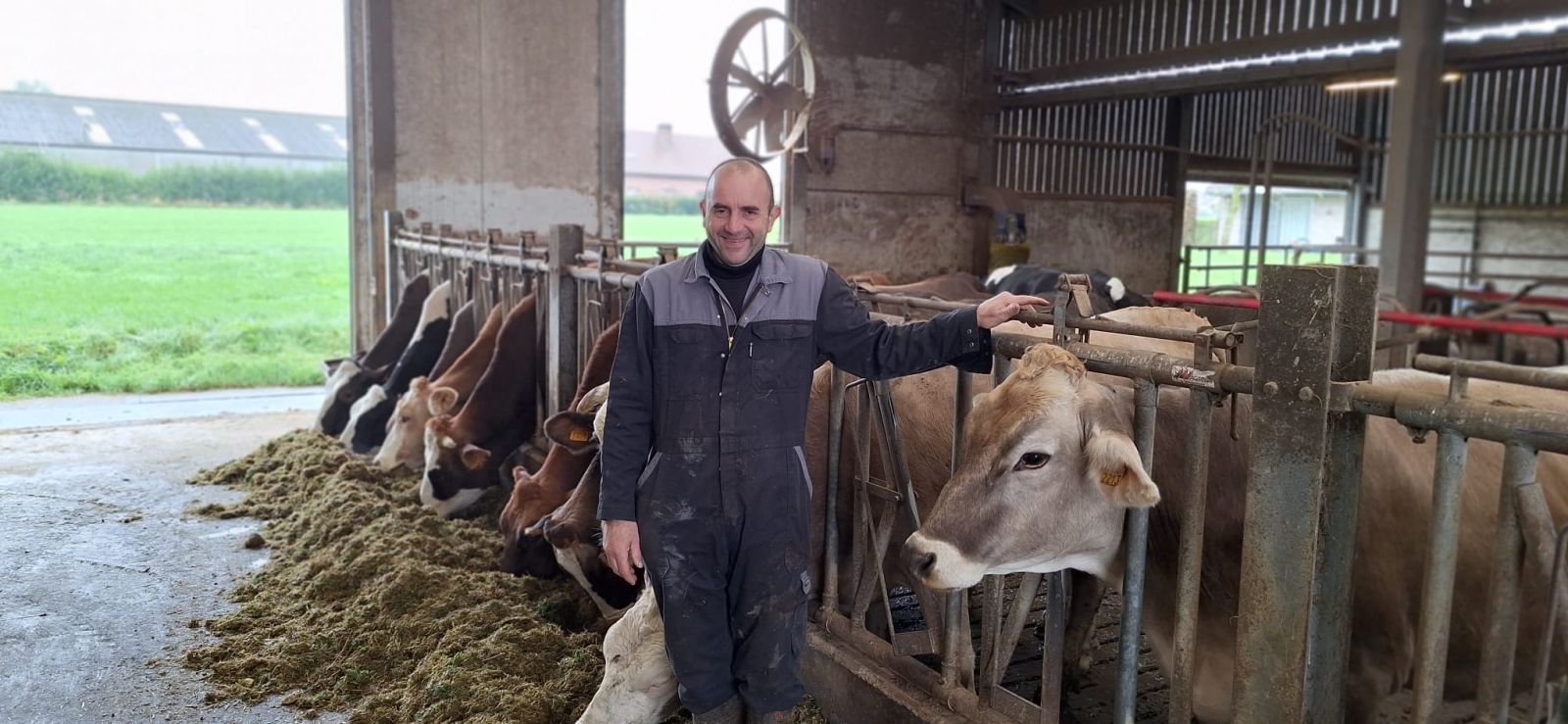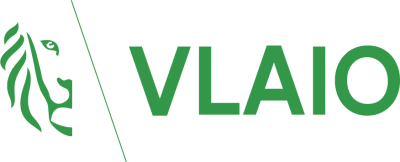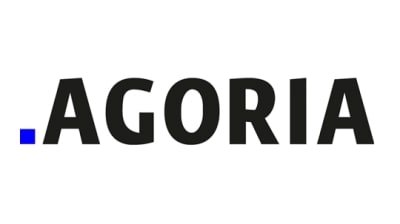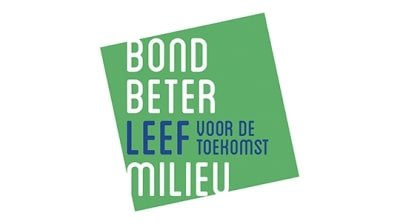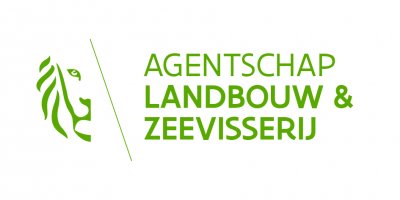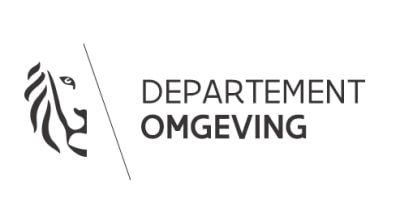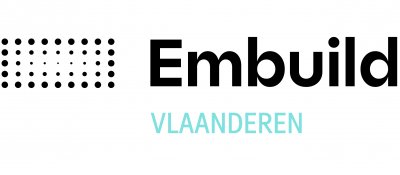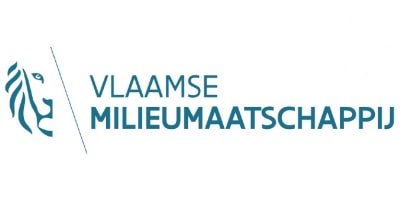Topics
We organise our actions in six thematic & strategic agendas:
Strategic Agendas:
Bio-economy
Circular Construction
Chemicals/Plastics
Manufacturing Industry
Food Chain
Water Cycles
Seven leverages provide additional support:
Leverage effects:
Lever Policy Instruments
Lever Circular Procurement
Lever Communication
Lever Innovation & Entrepreneurship
Lever Financing
Lever Jobs & Skills
Lever Research
What, why and how?
Why are we pursuing a circular economy?
Future visions 2050
How do we see our circular future?
About our management
Who steers what at Flanders Circular?
Peter Bauwens' dairy farm
Where the grass is greener
“Móéhhh!” That's how it sounded in Peter Bauwens' barn in Herzele. Freely translated: the cows were tired of their feed of corn and soy. Too much starch turned out to be the culprit, making them sick. He found an alternative by returning to the basics: grass. Since then, his cows give a quarter more milk than average.
Taking the bull by the horns
With grass, clover, field beans, fodder beet and a pinch of winter barley, he now serves them a menu they enjoy ruminating on. Bauwens grows those forage plants himself, believing in “the art of letting go. He no longer plows his land. He also stopped using fertilizers, insecticides and fungicides. Since then, grasses have been sprouting like mushrooms.
Smaller ecological hoofprint
Corn and soy are not only bad for the cows, but also for the environment. Corn cultivation requires a lot of fertilizer and pesticides, causing additional CO2 emissions and soil degradation. Soy? That often comes from South America, where rainforests have to give way to soy fields.
316 tons of CO2 saved
By turning to locally grown grasses as cattle feed, Bauwens is thus significantly reducing his carbon footprint. But he goes even further: he had a windmill installed in his yard and has since emitted 316 tons of CO2 less per year. That is as much as 1.6 million car kilometers.
